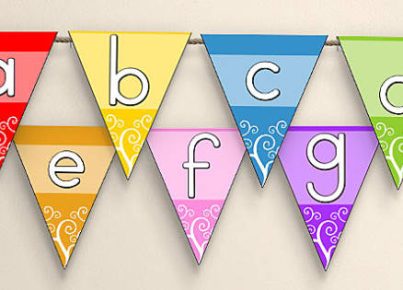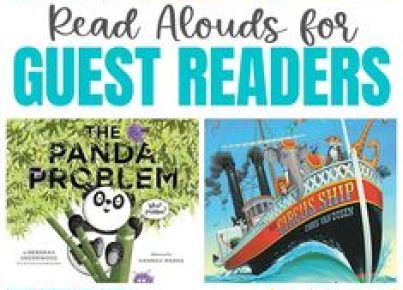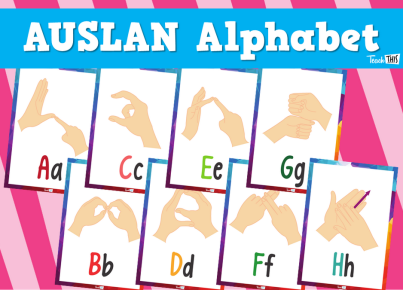Introduction
The present perfect tense is an essential aspect of the English language that can be challenging for learners to grasp. But, with engaging, age-appropriate activities, teaching this verb tense can become an enjoyable experience. In this article, we’ll explore ten creative and engaging activities for various age groups to help students practice and master the present perfect tense.
1. Treasure Hunt (Ages 6-9)
Create a treasure hunt for your young learners to practice their present perfect skills. Hide small objects or flashcards around the room and provide clues in the form of sentences using the present perfect. For example: “I have hidden a toy car under the table.” Students must find the items, then create their own sentences using the present perfect.
2. Present Perfect Bingo (Ages 10-12)
Create a bingo board filled with present perfect sentences and hand them out to your students. Call out phrases that correspond to these sentences, such as “visited India” or “played basketball.” As students hear phrases relevant to their boards, they mark off the corresponding square.
3. Time Capsule (Ages 13-15)
Ask your teenage students to write letters to their future selves using the present perfect tense. They should include accomplishments up until now and experiences in their lives. Afterward, seal these letters in a box labeled “time capsule” and store it away for safekeeping.
4. Resume Writing Workshop (Ages 16-18)
Organize a resume writing workshop for your high-school students focusing on the use of the present perfect tense while describing job experience or achievements.
5. Movie Anecdotes (Adults)
Ask adult students to discuss movies they’ve seen recently and encourage them to use the present perfect tense in their descriptions of key scenes or plot points.
6. Interview Project (All Ages)
Pair students up for a mock interview where they use the present perfect tense to discuss their past experiences. Ask them to switch roles after some time, allowing each student to practice both asking and answering questions.
7. Never Have I Ever (All Ages)
Using the traditional “Never Have I Ever” game, ask students to share experiences they’ve never had in the present perfect tense: “I have never gone scuba diving,” for example. Other students who’ve had these experiences must respond with an anecdote using the present perfect.
8. Memory Game (All Ages)
Place a set of cards with various verbs written on them facedown on a table. Students take turns flipping over two cards and forming a sentence in the present perfect tense if they create a match.
9. Travel Story Swap (All Ages)
Encourage students to share stories about places they’ve visited or lived, focusing on the use of the present perfect tense while recounting their experiences.
10. Sentence Correction (All Ages)
Hand out worksheets containing errors in present perfect usage. Students must find and correct mistakes. This activity can be customized for different levels and age groups by varying the complexity and type of mistakes included.
Conclusion
Teaching the present perfect tense can be challenging, but these engaging activities cater to various learners’ needs and ages, ensuring an enjoyable learning experience. Remember, making grammar lessons fun will increase motivation and promote successful language acquisition!





